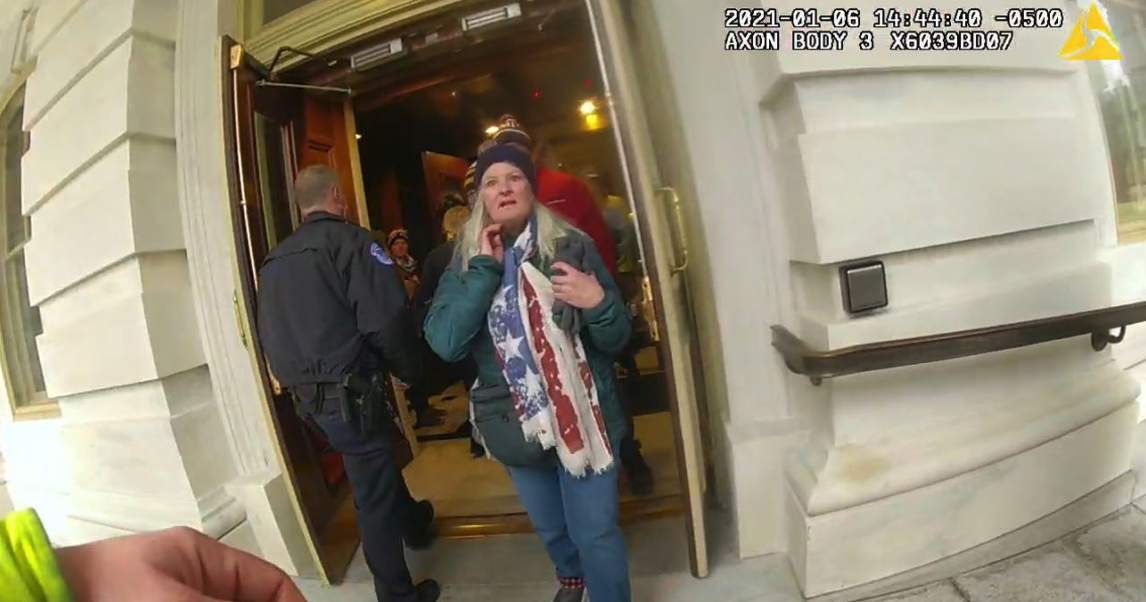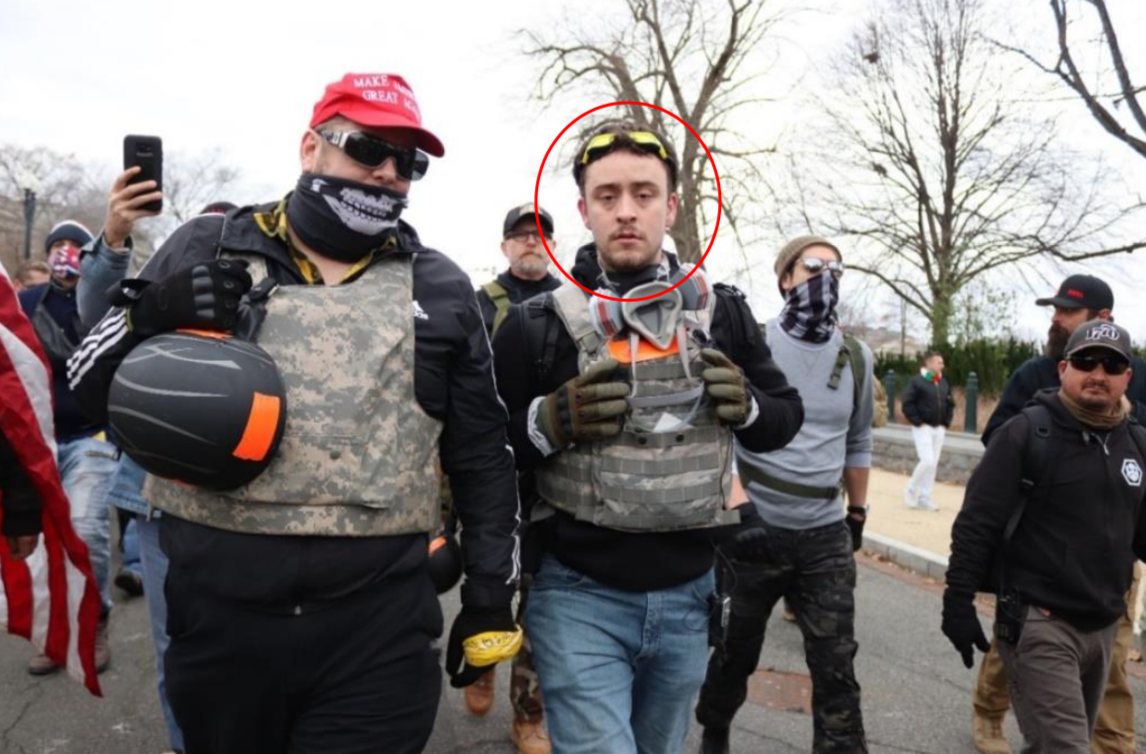KANSAS CITY, Mo. — A year after the U.S. Capitol came under siege by rioters, hundreds of suspects face charges for their role, including seven Kansas City-area residents.
Using a combination of tips, social media posts and cell phone records, federal prosecutors were able to piece together criminal cases against Ryan Ashlock, William Chrestman, Louis Enrique Colon, Christopher Kuehne, Jennifer Parks, Esther Schwemmer and Carey Jon Walden.
The case against Parks is over after she pleaded guilty to a misdemeanor charge of violent entry and disorderly conduct on Capitol grounds. She was sentenced to two years probation, 60 hours of community service and a $500 fine.
But the cases against the six other Kansas City-area defendants continue to work their way through the federal criminal justice system.
KSHB-41 I-Team reporter Ryan Takeo recently reviewed dozens of pages of court documents filed in the federal cases to learn more about how the suspects arrived in Washington D.C. one year ago and how investigators tracked them down.
- -

Jennifer Parks and Esther Schwemmer
Two Leavenworth, Kansas, women, Jennifer Parks and Esther Schwemmer, left Kansas in January 2021 to attend a rally in support of former President Donald Trump in Washington D.C.
In the original charging documents, FBI agents received a tip five days after the Jan. 6 riot that placed Parks and Schwemmer in Washington D.C. on Jan. 6.
Included in the tips to investigators was a text message from Parks’ daughter, in which the daughter said, “Mom and her friend went to Washington for the March. Wish I could have gone too. Lol.”
Less than two weeks after the riots, the two women were interviewed by federal agents during which they admitted to entering the U.S. Capitol building.
During the interview, Parks told investigators she thought the rally was going to be peaceful. She said she and Schwemmer were inside the U.S. Capitol between 30 minutes to an hour before leaving. During her portion of the interview, Schwemmer told agents the building was “messy and smelled bad".
Schwemmer provided investigators with a selfie photo of her and Parks at the capitol.

Schwemmer, who has also pleaded guilty, is scheduled for sentencing later this month.
- -

Carey Jon Walden
In the immediate aftermath of the Jan. 6 riots, Kansas City, Missouri, resident Carey Jon Walden took to his Facebook page to highlight his trip to the U.S. Capitol.
According to court documents, a tipster, identified as a former direct report of Walden’s when the pair served in the United States Marine Corps, saw Walden’s Facebook post and alerted FBI agents.
The tip was strong enough for agents to track Walden down. In an interview, Walden showed investigators where he was during the protest and how he entered the Capitol through a broken window.
After he was charged in May, Walden pleaded guilty to a misdemeanor charge of violent entry and disorderly conduct on Capitol grounds in October. He’s set for sentencing on Jan. 19.
- -


Ryan Ashlock, William Chrestman, Louis Enrique Colon and Christopher Kuehne
Federal prosecutors have reserved the most serious charges against Kansas City-area residents Ryan Ashlock, William Chrestman, Louis Enrique Colon and Christopher Kuehne.
Following the Jan. 6 riots, federal investigators connected the group to the far-right Pride Boys group, bonded together by the orange tape they wore on the day of the riots.
Court documents detail how the group took a road trip from Kansas City to Washington D.C. before staying at a short-term rental around Jan. 6.
During the day of the riots, photos show the group walking with other Proud Boys leaders, with Chrestman, from Olathe, providing direction to others.
Court documents show that investigators triangulated Chrestman’s movements inside the Capitol through his Google account, which was also tied to his cell phone number.
Investigators relied on security and cell phone images, and cell phone location records for two others, fellow Olathe resident Christopher Kuehne and Blue Springs resident Louis Enrique Colon, to build their case. Court documents from other cases show investigators used warrants for phone and app geolocation data often to prove which rioters were in the Capitol on Jan. 6.
After the riots, investigators interviewed Gardner, Kansas, resident Ryan Ashlock, who admitted he was part of the KC to DC road trip with the others, sharing in the short-term lodging.
But Ashlock never made it inside the Capitol; he was pepper sprayed by police before he was able to make it in.
The group each had court hearings on Wednesday in which a federal judge continued their case until March.
The four men are also named in a lawsuit filed last month against the Proud Boys. That court case is ongoing.
To mark the date of the riots, the KSHB I-Team reached out to all seven local defendants. A few public defenders returned our calls, but turned down interview requests.
—
For jurisdictions that utilize the Greater Kansas City Crime Stoppers Tips Hotline, anonymous tips can be made by calling 816-474-TIPS (8477), submitting the tip online or through the free mobile app at P3Tips.com.
Annual homicide details and data for the Kansas City area are available through the KSHB 41 News Homicide Tracker, which was launched in 2015. Read the KSHB 41 News Mug Shot Policy.





